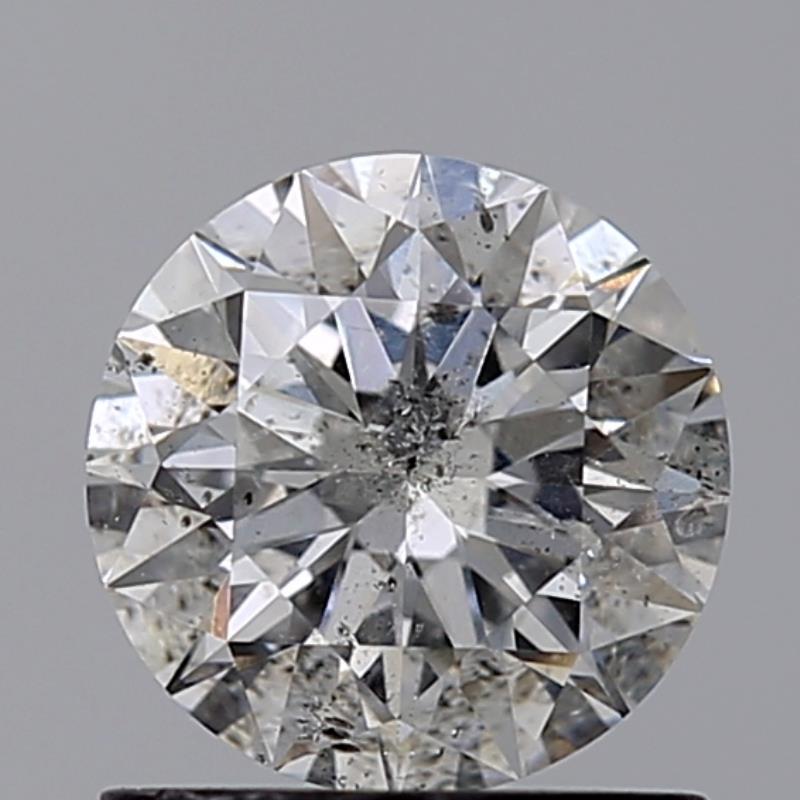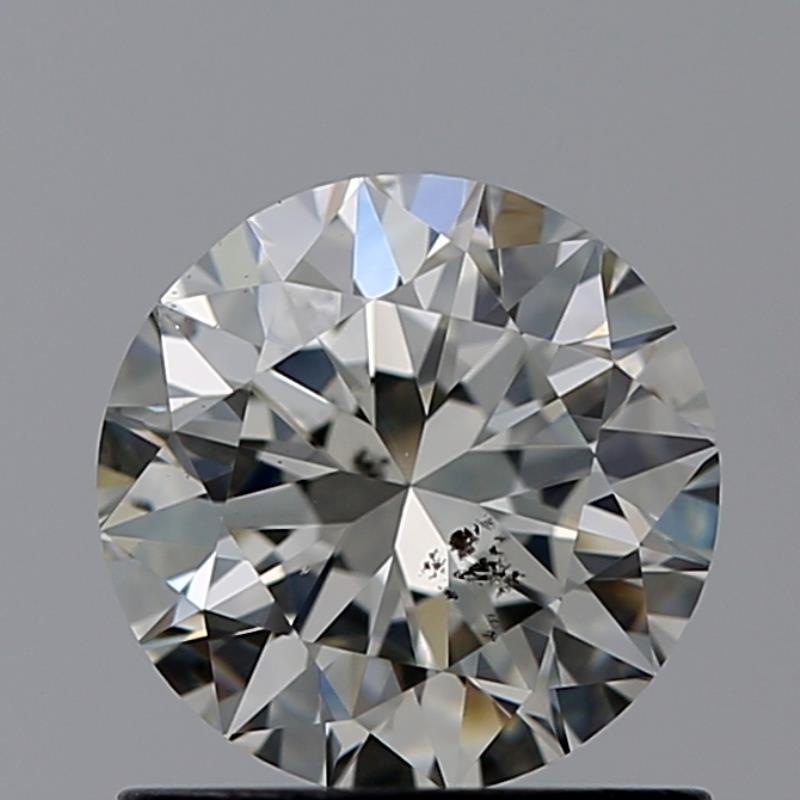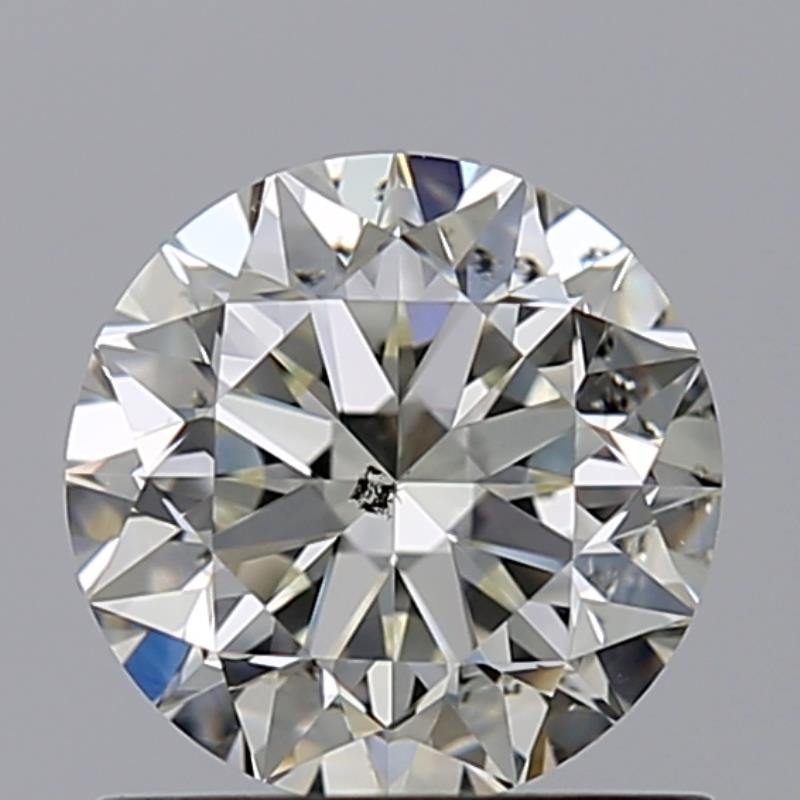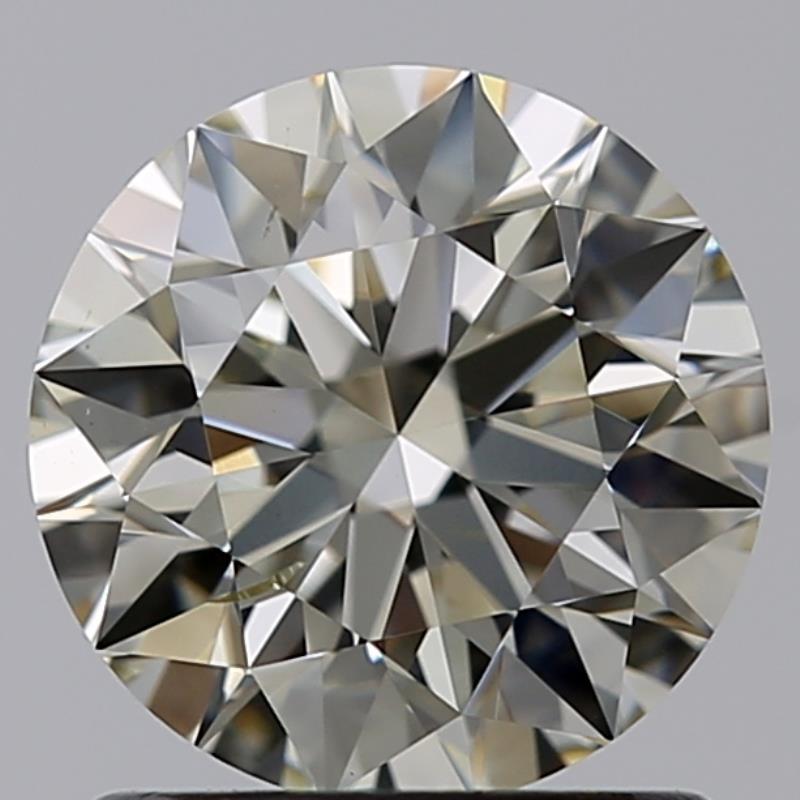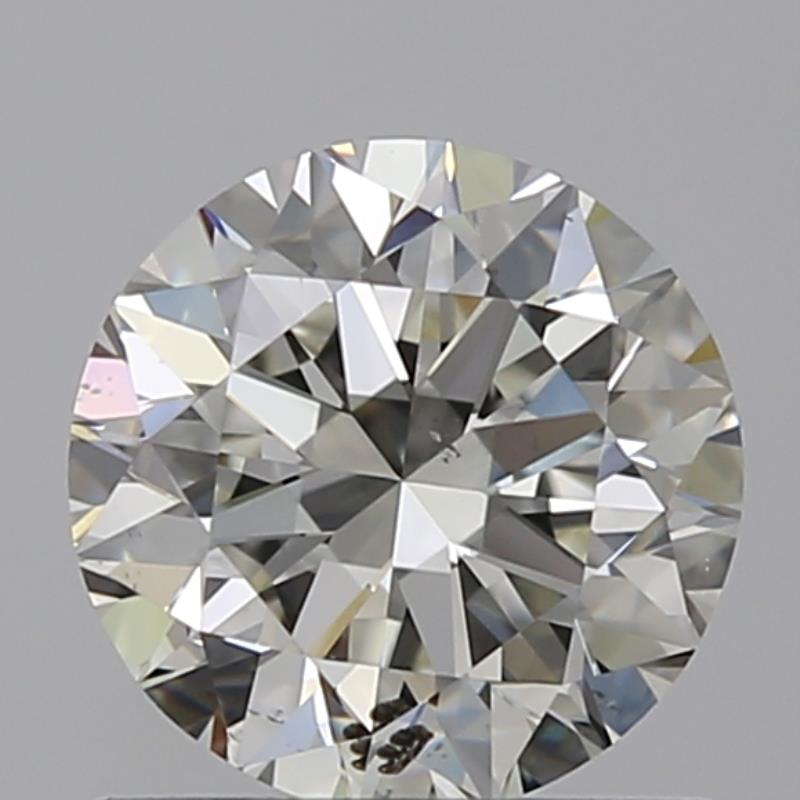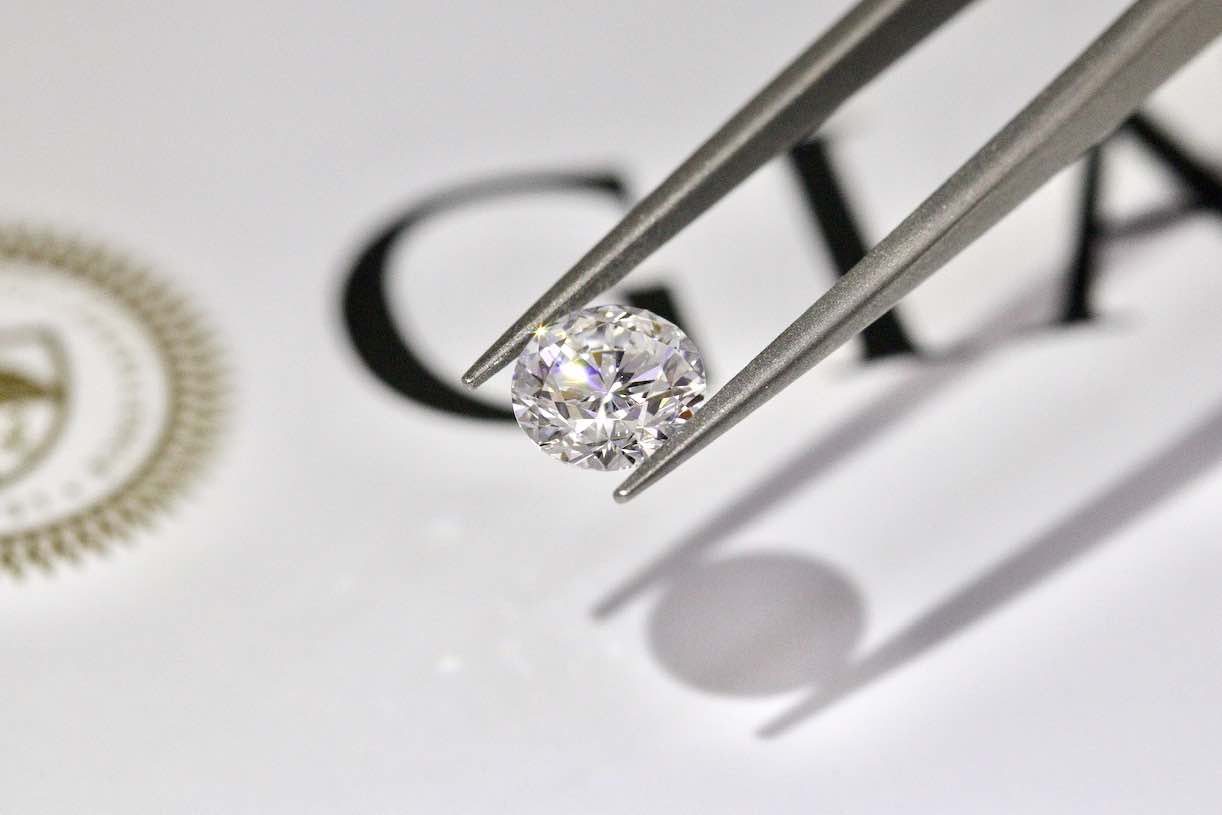Diamond Collections
Above Ideal™
Our Above Ideal™ diamonds are meticulously handpicked to meet the highest technical standards and undergo a rigorous inspection process to ensure that each facet is clean of any imperfections, resulting in diamonds that are guaranteed to sparkle brilliantly with stunning light. The perfect choice for those seeking nothing but the very best in quality and beauty.
Premium Excellent
Our Premium Excellent series is known for its exceptional fire characteristics, making each diamond sparkle with brilliance. We guarantee that our diamonds are free of any visible blemishes and are well-proportioned with perfect texture and symmetry.
Budget Price
Our Budget Price diamonds still offer good fire, but may have slight defects that are visible to the naked eye. This allows us to offer a more affordable price point while still providing you with a beautiful diamond. Our pricing structure ensures that you can find a diamond that fits your budget without sacrificing quality.
Diamond shape
Carat
Color
Clarity
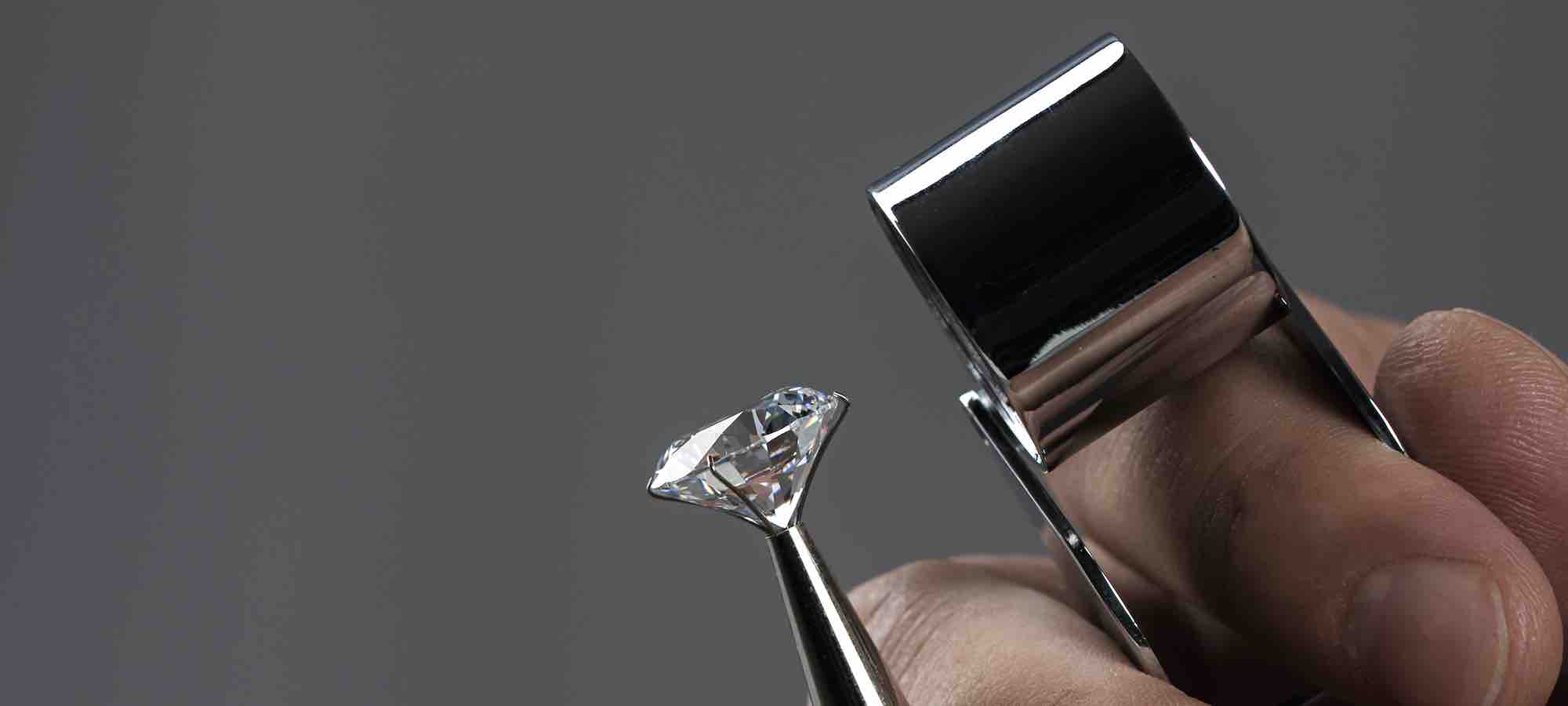
Learn about our diamonds
At Above Diamond, we don’t just sell you a diamond, we help you find the right diamond. We take the time to listen to your requirements, taste, and budget and work with you to select the diamond of your dreams, one that you’ll cherish for a lifetime.
Factors That Determine Diamond Prices Today
The Diamond Price Table is considered only an initial baseline to use in setting the price of a diamond, as it only compares color and clarity. In fact there are many other factors besides these, especially the ‘4Cs of diamonds’ are the main factors that determine diamond prices today.
1. Carat
Carat, or the carat weight of a diamond, has a direct effect on its price – but it can be misleading. To take an extreme example, you could have two diamonds of the same carat quality on two solitaire engagement rings, say, one weighs 1.20 carat while the other 1.00 carat. Given the exact same specifications in every other factor, the 1 carat diamond price would theoretically cost less.
Additionally, diamonds are valued higher if they are within the premium size range or the size that overlaps towards the end of the price, such as:
- Premium size 0.36 – 0.39 carat and 0.46 – 0.49 carat diamonds are usually valued at a premium of 10% – 20%.
- Premium size 0.60 – 0.69 carat and 0.80 – 0.89 carat diamonds are usually valued at a premium of 7% – 12%.
- Premium size 0.95 – 0.99 carat and 1.24 – 1.49 carat diamonds are usually valued at a premium of 5% – 10%.
- Premium size 1.70 – 1.99 carat diamonds are usually valued at a premium of 7% – 12%.
- Premium size 2.50 – 2.99 carat diamonds are usually valued at a premium of 5% – 10%.
- Premium size 3.50 – 3.99 carat and 4.50 – 4.99 carat diamonds are usually valued at a premium of 5% – 10%.
2. Color
Counterintuitively, color refers to the purity of the diamond. You may have seen diamonds identified on the scale, for instance: D-color, E-color, F-color, etc, with a D-color diamond considered the most colorless diamond. Theoretically purity is best, with the clearest stone equating with perfection. However that doesn’t take into consideration two key factors here which affect the price, namely rarity and desirability. This is why you’ll see diamonds with an intense, unusual color priced at a premium.
3. Clarity
Diamond clarity refers to the absence of inclusions and blemishes in the diamond and is one of the factors that can determine the long-term value of a diamond. For example, a diamond with an IF (internally flawless) clarity would have the highest price. With IF considered best, inclusions are then ranked thus: FL, IF, VVS1, VVS2, VS1, VS2, SI1, SI2, I1, I2 respectively.
Diamonds at the bottom end of this scale are lower in price, particularly below SI as natural natural flaws can at that point be seen with the naked eye. Even so, it’s worth looking across the range as these can be a great option for clients on a tight budget.
4. Cut
Cut or cut quality directly affects the refraction of light through diamonds. And sparkle is desirability. In this category, ‘Excellent’ diamonds are priced higher than those that are ‘Very Good’, ‘Good’, ‘Fair’ and ‘Poor’ respectively. When it comes to cut, the ultimate are 3 Excellent Ideal Cut diamonds with Hearts and Arrows (H&A), which tend to cost more than those without. If a diamond has this H&A characteristic, it is a result of a perfectly symmetrical cut. When the light hits such a diamond it sparkles, refracting with a beautiful glow.
5. Fluorescence
The fluorescence of a diamond under UV light affects the reflection of the diamond’s tone. This can cause diamonds to have a bluish tint if they have a high level of Fluorescence, measured in this category as ‘Strong’ or ‘Very Strong’. A high Fluorescence could benefit some diamonds in the I or J color range as it could make those diamonds appear to be a G or H color diamond. Usually, diamonds with Fluorescence are substantially more affordable than the ones without, making them a perfect option for the ones who want to save more.
6. Certificate
A diamond with a certificate will always cost more than one without. Of the two primary certifying institutions, a GIA certificate is typically more desirable than HRD. This doesn’t mean that a GIA certified stone is better than a HRD one, as they are both recognized internationally. However the GIA certification is the most prestigious, thus carrying a little premium in price.
7. Exchange rate
As well as the price of gold and the price of oil, the price of diamonds in Thailand is directly pegged to the US Dollar, therefore it may be adjusted according to market conditions if the exchange rate between the US Dollar and the Thai Baht fluctuates.
If you have questions about the price of diamonds today, please contact us.
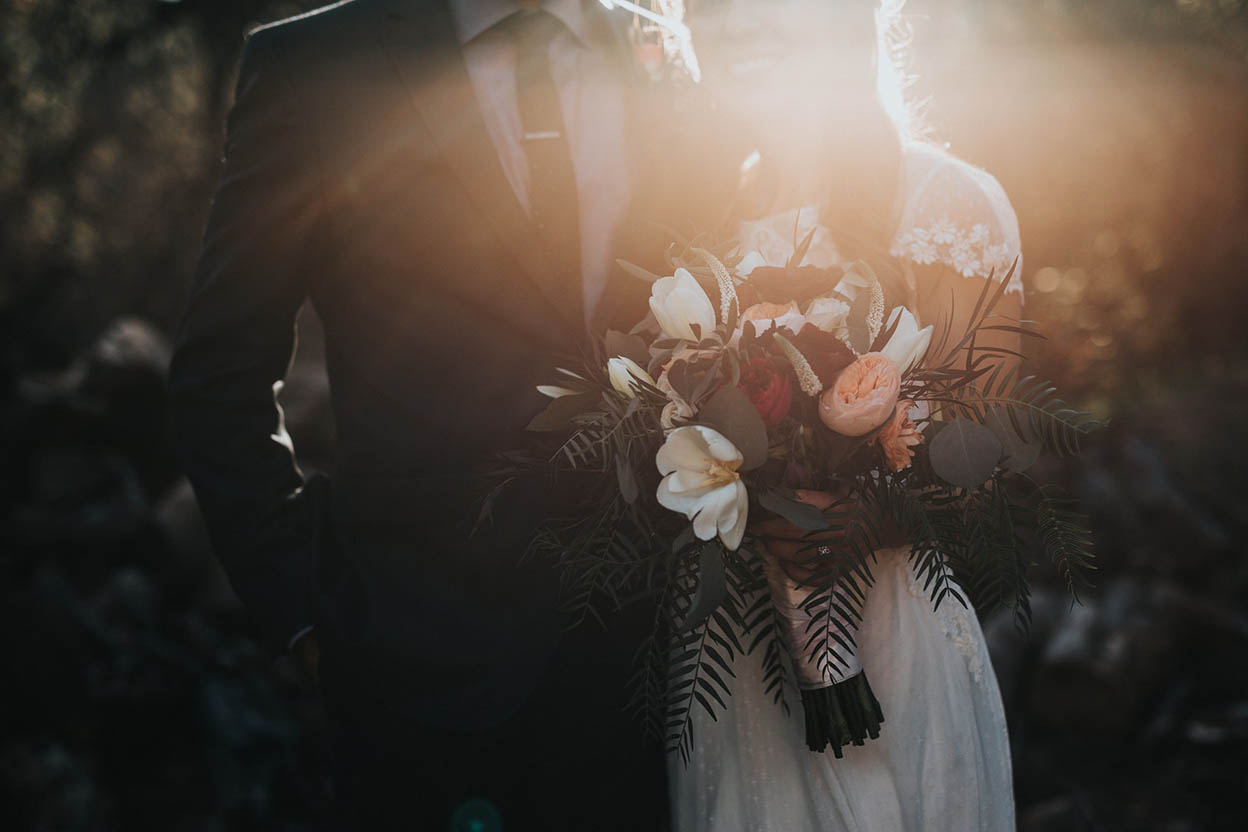
Need help completing your order?
Get in touch with one of our diamond specialists.

